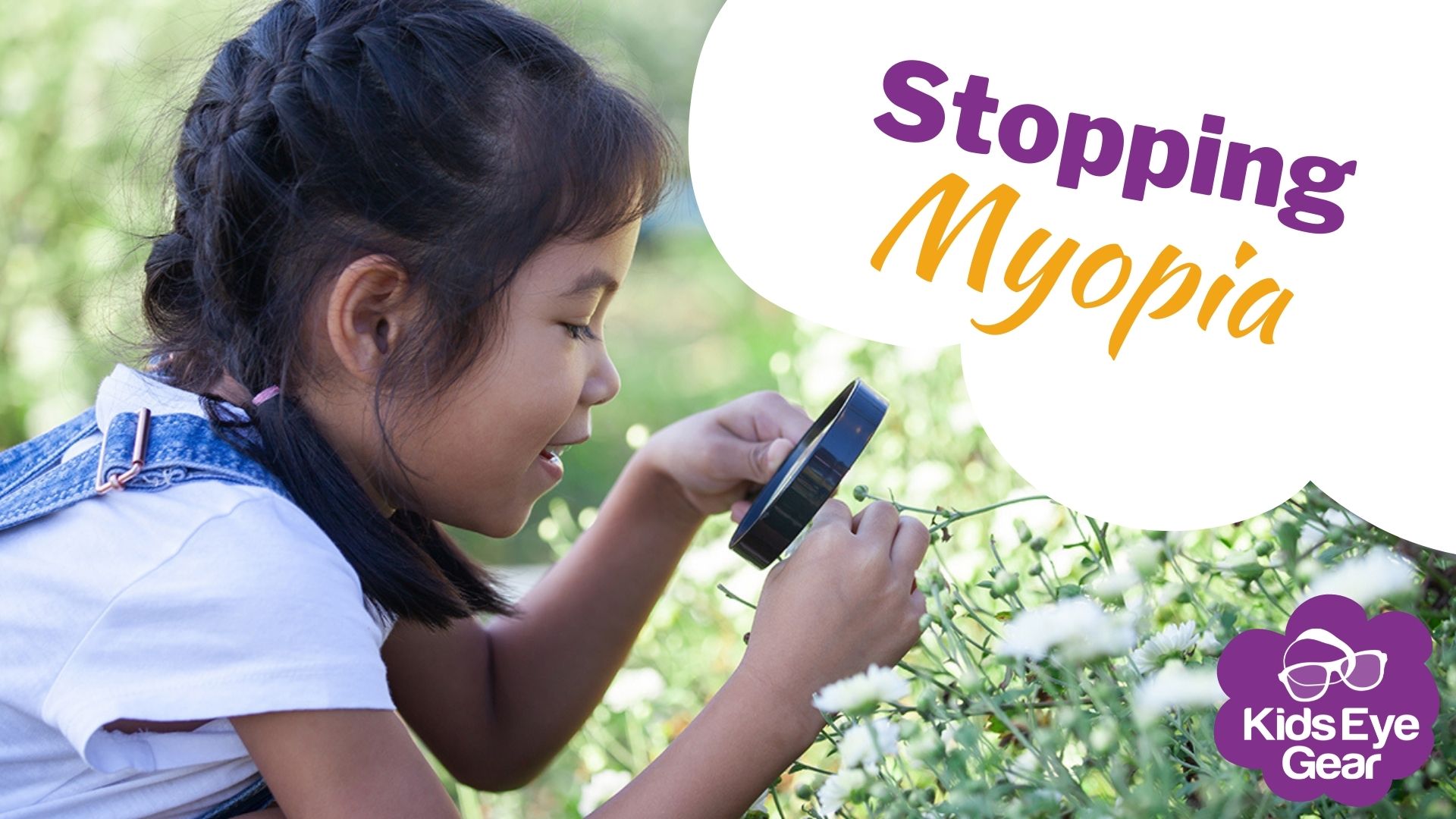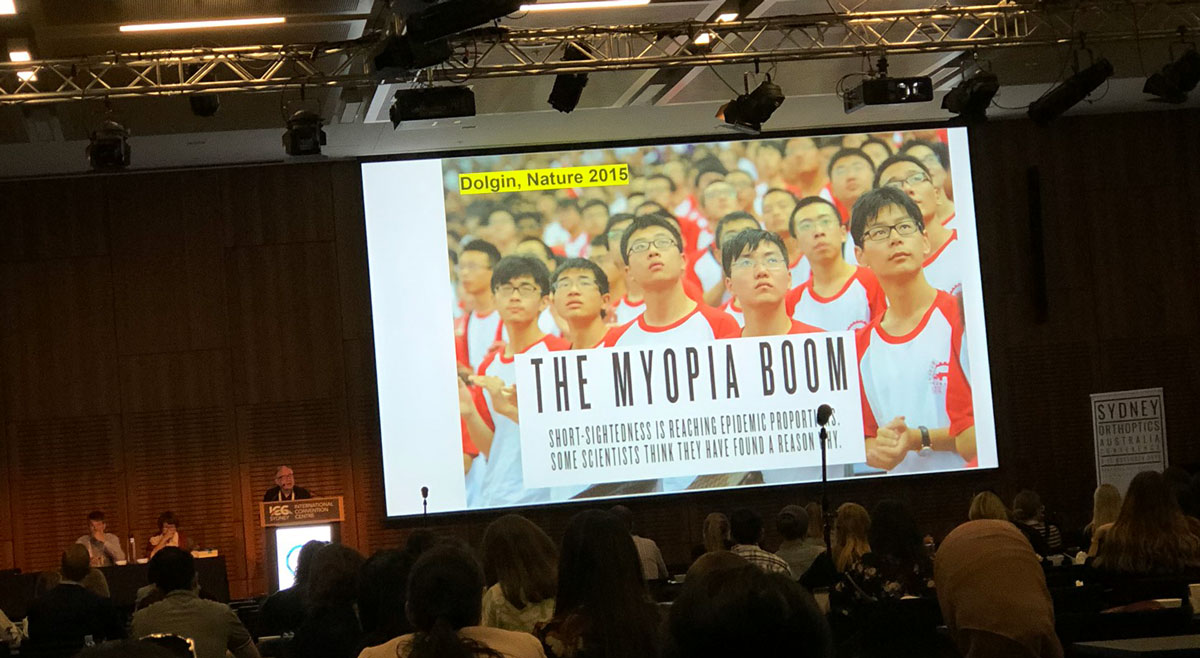Getting Kids Outside is Key to Stopping Myopia
6th Sep 2021

Getting outdoors can help prevent myopia, it's been proven.
Last year when I attended the Orthoptics Australia conference in Sydney, I was lucky enough to sit in on a few lectures. To be honest, most of it went over my head because I am not at all a scientific person. One interesting lecture though was about ‘The Myopia Boom’. This was an analysis of the incidences of myopia in different countries but particularly focused on Asian countries where the condition is quite prevalent. Although hereditary myopia exists, what is troubling in the increase in non-parental myopia – so that occurring with no genetic predisposition.
Although patching isn’t used for the treatment of myopia, I feel like this is a really important health issue for our kids. The more we know about the importance of getting kids outdoors (obviously being sun safe!) the better our chances of halting, or at least slowing down, myopia.

From what I could glean from the presentation, this higher rate of myopia was not due to East Asian genetics but rather environmental conditions. More specifically, it appeared to be linked to the education systems in each country. According to the presentation, the characteristics of East Asian education that contrasted with western education included:
- Long school days
- Early onset of homework, with increasing homework hours
- Emphasis on key schools
- Extensive use of private tutoring schools
- Limited time outdoors during the school day.
Research shows that around 30% of Australian school leavers are myopic
As presented in the ABC Science video, rates of myopia in Australia are actually fairly good, despite our high education levels. Research shows that around 30% of Australian school leavers are myopic – but interestingly this increases to around 50-60% for children in selective schools. So again, this showed that kids doing more school works – close up work and not necessarily on devices – had a greater chance to developing myopia and also worsening an existing case of myopia.

Children need to spend time outdoors to help prevent myopia
I’ve written before about the research indicating that children need to spend time outdoors to help prevent myopia so it was interesting that this presentation further reinforced this position. In fact, it was said that spending increased time outdoors to provide high intensity light exposure is an effective intervention strategy to reduce the incidence and progression of myopia. Whilst optimum doses of light exposure have not yet been identified, it is recommended that two hours a day outdoors is effective. Additionally, it’s suggested that intermittent light exposure is potentially more beneficial than sustained exposure.
As the Sydney Myopia Study found, physical activity was not what helped myopia – it was time spent outdoors, either being active or inactive.
Sadly, myopia is typically not reversible (unless you have laser surgery – but that’s only an option once you reach your twenties) and can lead to severe vision loss and blindness later in life.
Resources About Myopia
Here are some great resources about myopia:
https://www.dailymotion.com/video/x6u4zgl
https://www.youtube.com/watch?v=DjdkbcOx05A
https://www.optometry.org.au/patient_care_management/child-myopia-standard-of-care-on-the-way/

